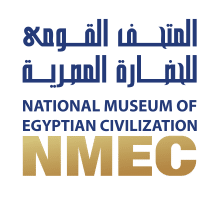

The establishment of the two ancient DNA laboratories at the National Museum of Egyptian Civilization and the Egyptian Museum is considered an important step towards the study of human kinship and disease as well as the ecology in ancient Egypt. It is crucial to emphasize that the duplication of the laboratories is to ensure the accuracy and precision of the resulting data through replication studies. They are considered as the first reference laboratories for the ancient DNA studies of humans, animals, and plants in Africa. The two laboratories aim to establish well-developed methods for ancient DNA extraction and analysis from different bio-archaeological samples to be served in the future as a routine test. The two research teams of the labs have already published a number of highly cited articles in a number of high ranked journals.
Recently, the ancient DNA lab at the NMEC has received a capacity-building grant from the Science, Technology and Innovation funding Authority (STIFA) to finance the procurement of a next-generation sequencing system to establish “A next-generation sequencing unit for metagenomic analysis of ancient Egyptian biological remains and artifacts”. The laboratories are currently participating in a collaborative project with the Swiss mission in studying the biological remains of two ancient Egyptian tombs. The laboratories are as well participating in the elaboration and implementation of the royal mummies’ project studies that are expected to be among the NMEC’s unique collections by the end of 2020.
